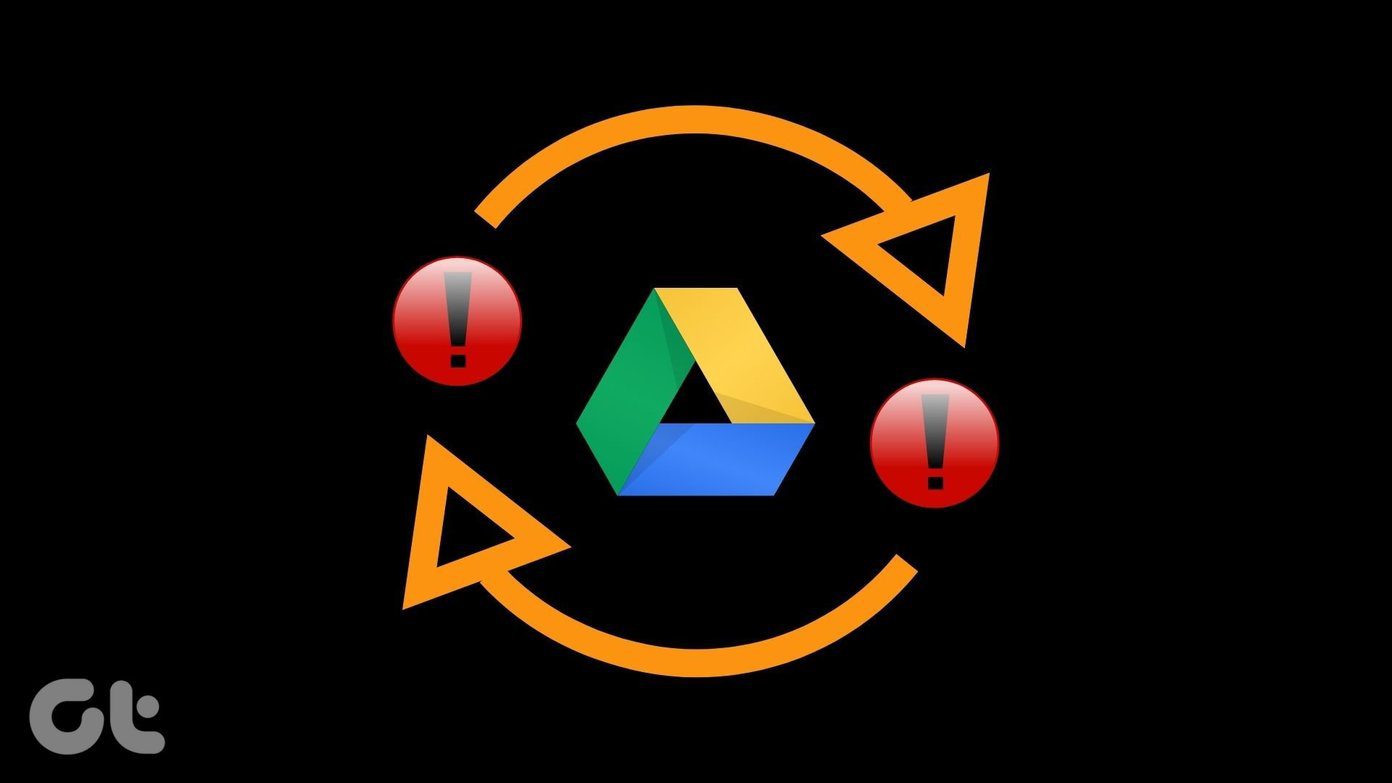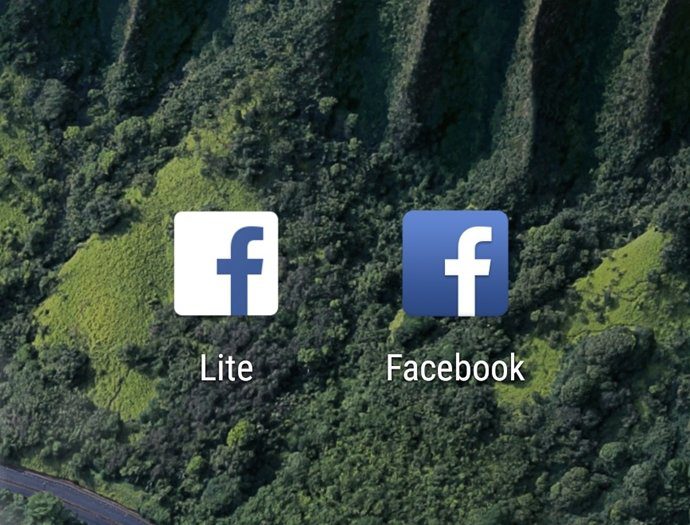how useful Photoshop can be when working with image files. However, this image editing application offers much more. For example, did you know that by using a feature called ‘batch image processing’ you can edit several images at once? Batch image processing in Photoshop is based on recording actions so you can apply them later to several images with just a few clicks, saving you a considerable amount of time if you have to deal with large number of images. Since there is just a huge number of ways in which you can use batch image processing in Photoshop, in this entry we will show you one simple example that you can use as your starting point to create other processes that suit your specific needs.
Creating Your Batch Image Process
Step 1: To be able to record actions to apply to batches of images on Photoshop, you first need to enable the Actions palette. Do so by clicking on Window on the menu bar and then select Actions (or Show Actions depending on your version of Photoshop). Step 2: Next, on the upper right corner of this panel, click on the small arrow and select New Set. Each set of actions can contain several of them, allowing you to create sets of actions that perform quite complex tasks. Important Note: For some processes, you can record all steps in them in a single action. However, this is not always possible, since not all actions can be recorded. This is why we choose to create a New Set for this example, although the process we will show what can be recorded in one single action. Step 3: After that, from the same menu, select New Action, which will add an action to the new set you just created. Give it a name and click on Record. Once you click the button, Photoshop will start recording from the next action you perform. In this example, I’ll create a simple process that allows you to add a one-pixel grey frame to a set of iPhone screenshots. Step 4: My iPhone screens are sized 290 x 515 pixels, so to add a one-pixel border to them, I will need to increase the width of my sample image’s canvas by one pixel on each side. Then, I’ll add a border to it using the Stroke command. Step 5: Once ready, I just save the new image and close it. Note that every step of this process has been recorded in this action. Since I am happy with everything so far, I press the Stop button to finish recording the action. With this, I can close the Actions palette and I am ready to use the action I just created.
Using the Batch Image Process You Created
To use the process I created just now, first I need to have a group of images in a folder. Then, with Photoshop open, I have to click on the File menu and choose Automate and then Batch… On the new window that shows up, I choose the Set and Action I just created. Then, on Source, I select Folder (since all my images are located in one) and then I click on the Choose… button to navigate to that folder, leaving the rest of the checkboxes unchecked. I then do the same with the Destination section and choose the folder where I want my resulting images to be saved. Once done, I press OK and the new ‘framed’ images are ready within seconds! There you go. What is even better than learning to create this particular process is that you can use it as a base to create your own ones. Make sure to do so. You’ll be literally amazed at how much time you can save. The above article may contain affiliate links which help support Guiding Tech. However, it does not affect our editorial integrity. The content remains unbiased and authentic.


























